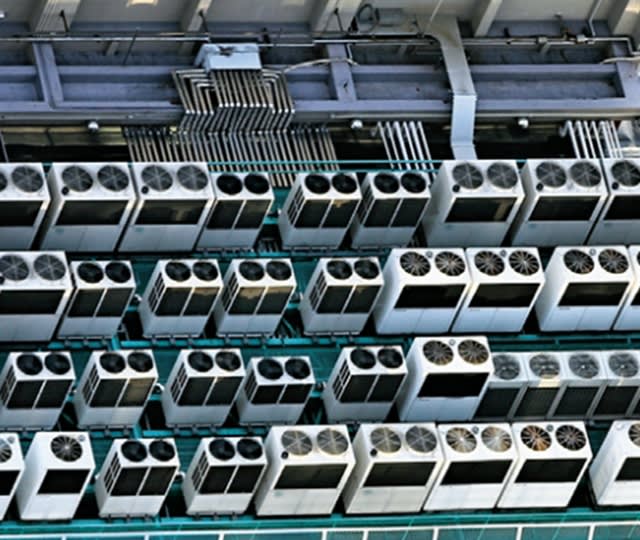317069
Mechanical
- Oct 9, 2009
- 516
ASHRAE 62-2001, table 2 says 20 cfm/person in conference room, while table 6.1 says 6 cfm/person and both are for the same occupancy (50 persne/1000 sq.feet)
which one we have to use?
which one we have to use?




